 Plant Nature Study II
Plant Nature Study II
Plant Nature Study II
Plant Nature Study II

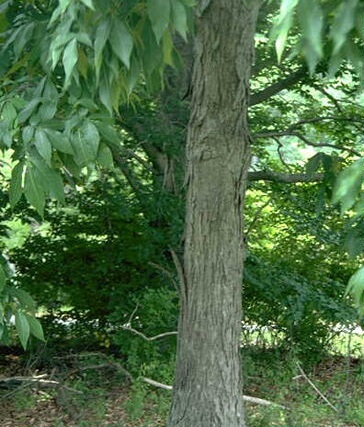
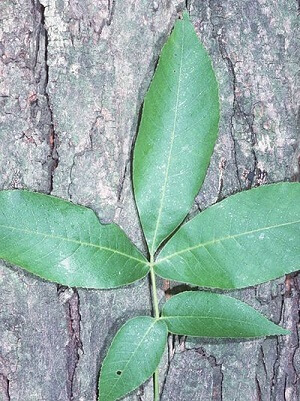
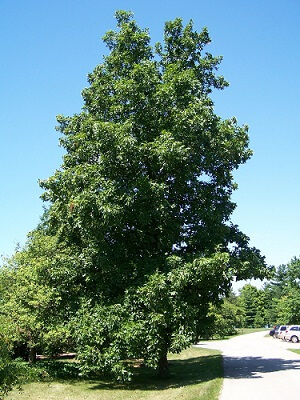

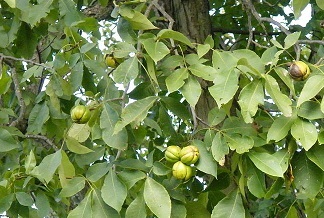
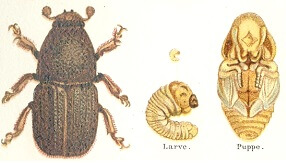
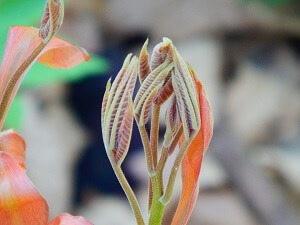

 Plant Nature Study II
Plant Nature Study II
Plant Nature Study II
Plant Nature Study II

Study the lesson for one week.
Over the week:
HICKORY NUTS: FRUIT OF THE HICKORY TREE


Recite and point out the following parts of the hickory nut on the diagram:
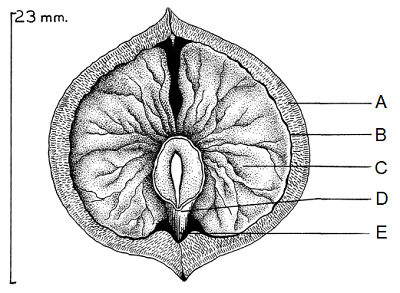
The nut of the hickory tree is edible and nutritious, often served roasted.
Activity 1: Narrate the Lesson
Activity 2: Study the Lesson Pictures
Activity 3: Take a Nature Walk
Activity 4: Complete a Field Book Entry

After your nature walk, complete pages 15-16 in 'Science Field Book for Fourth Grade.'